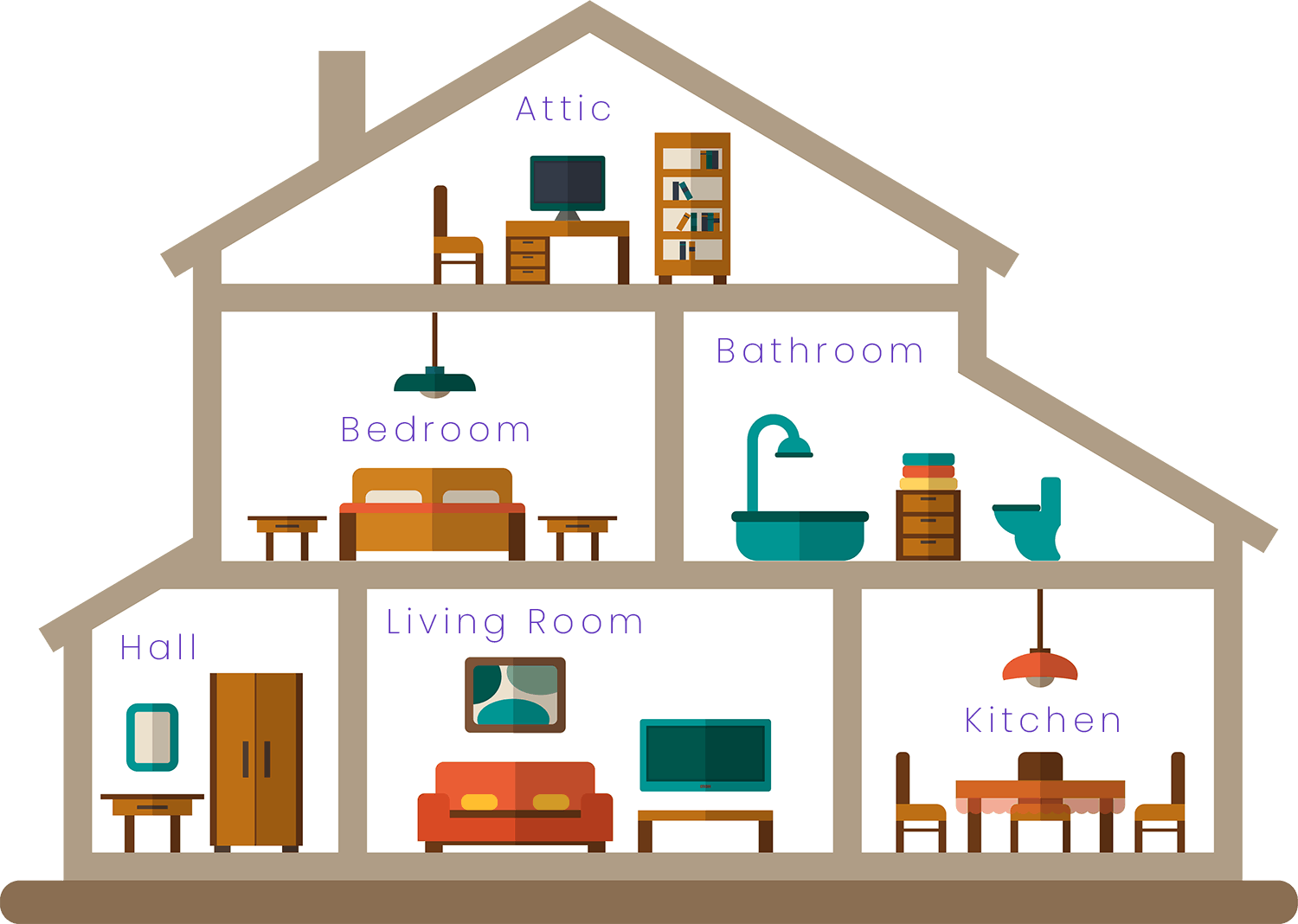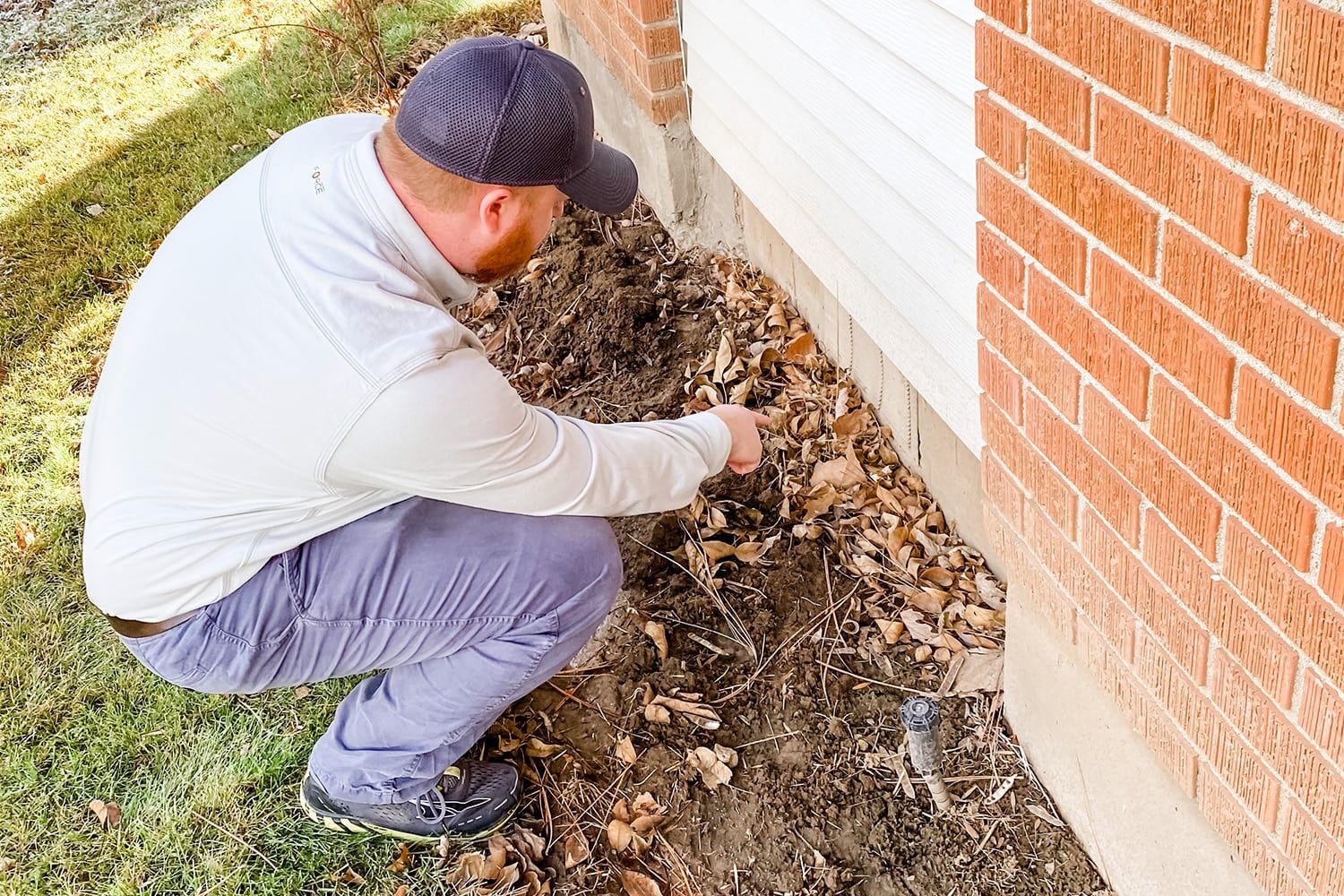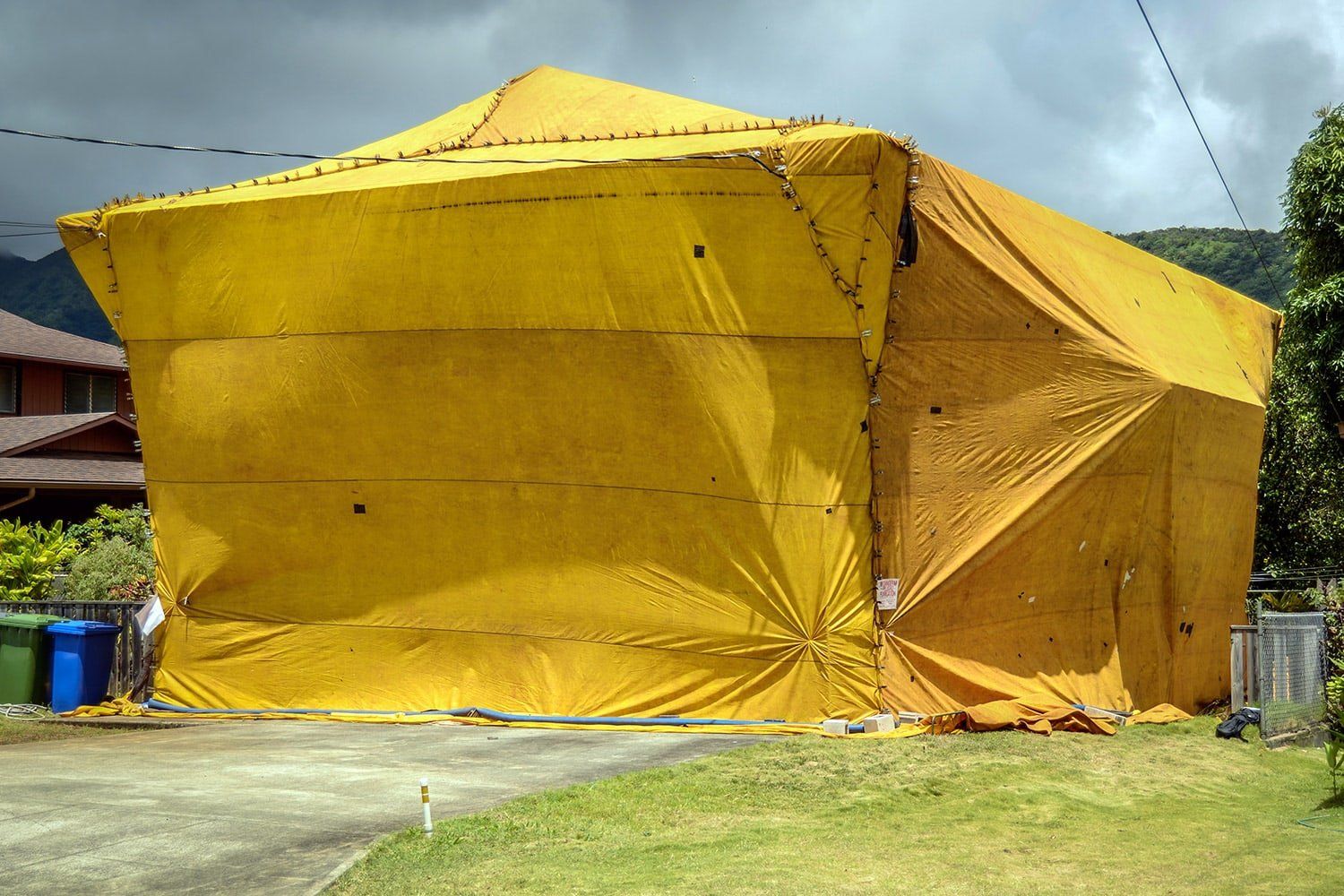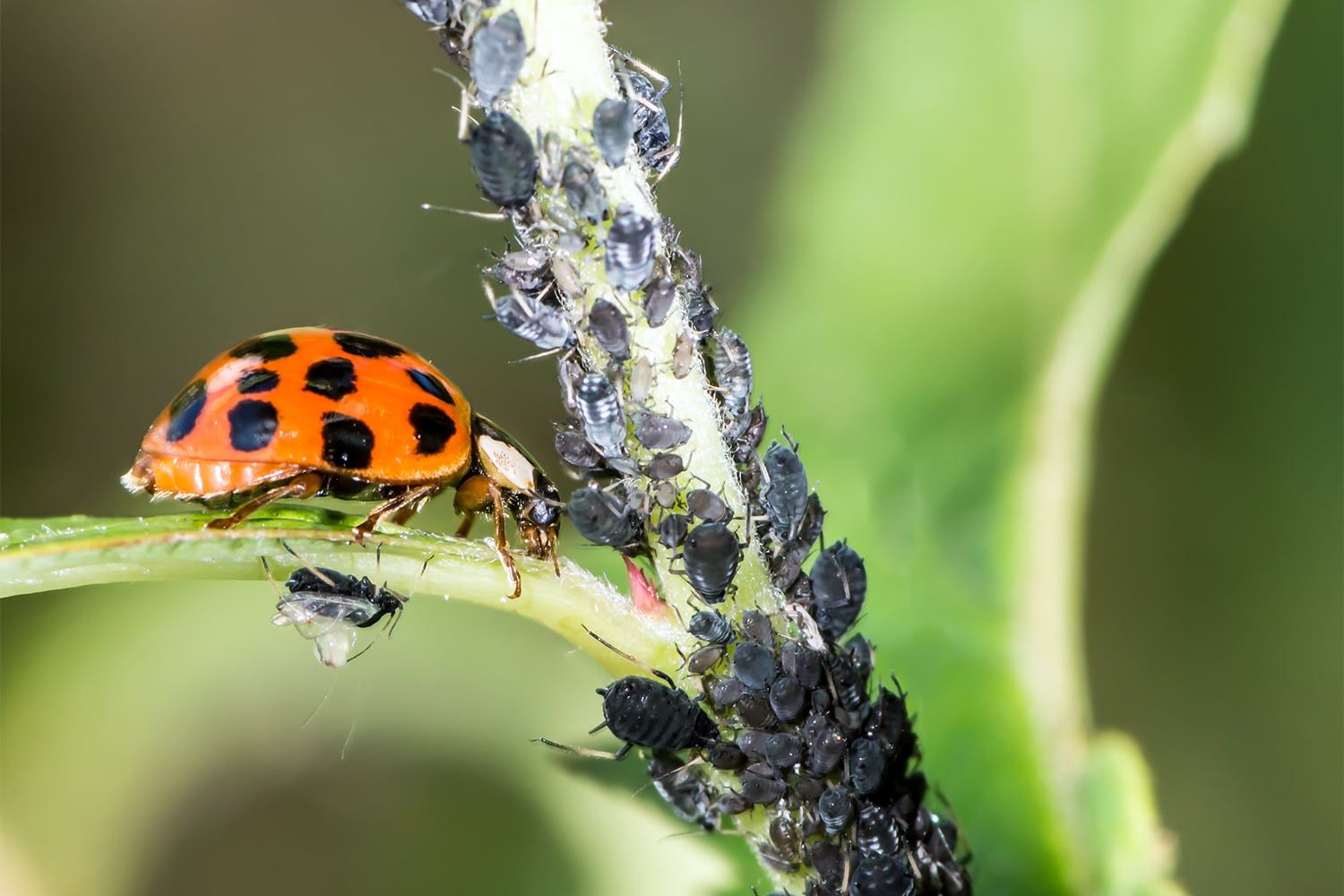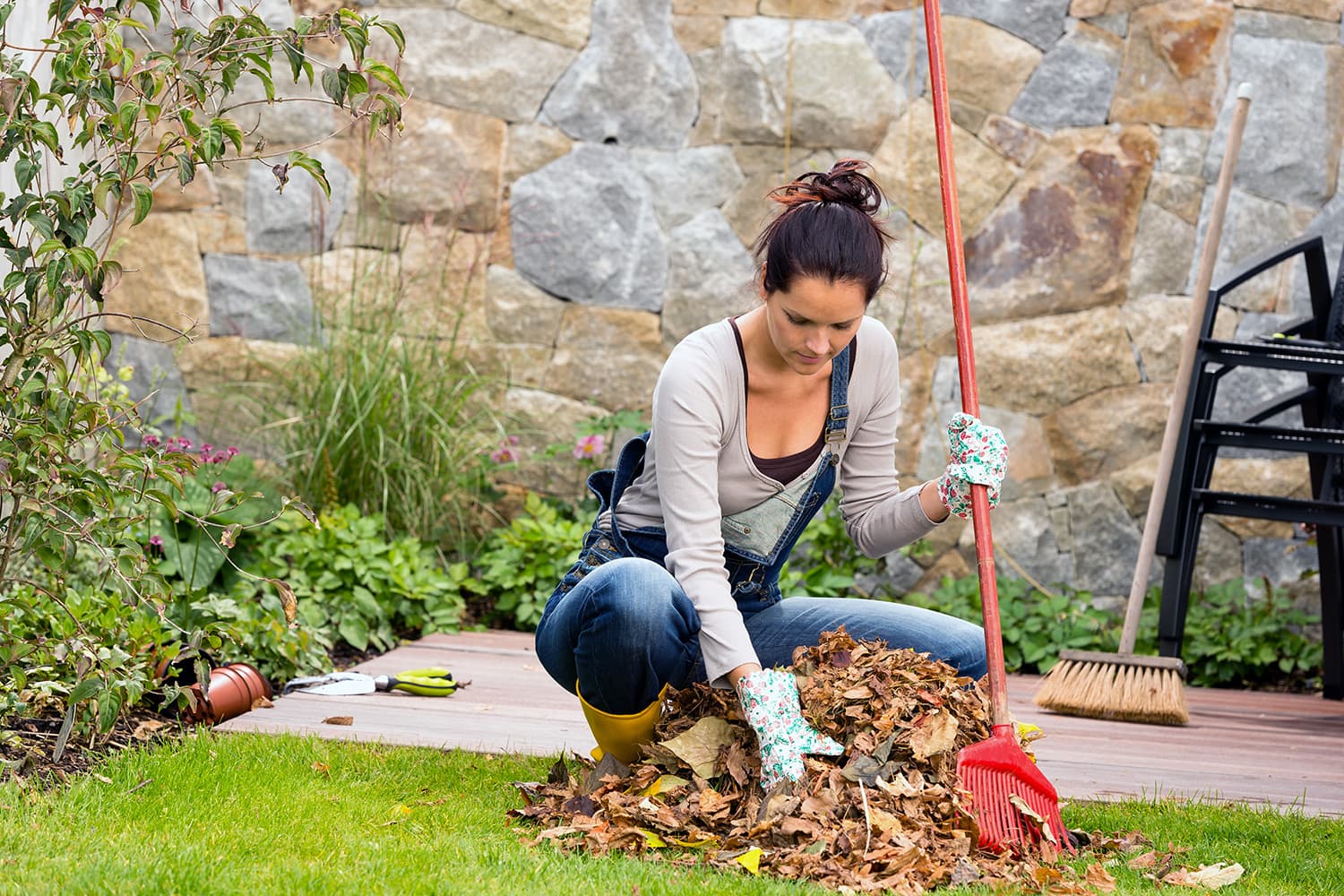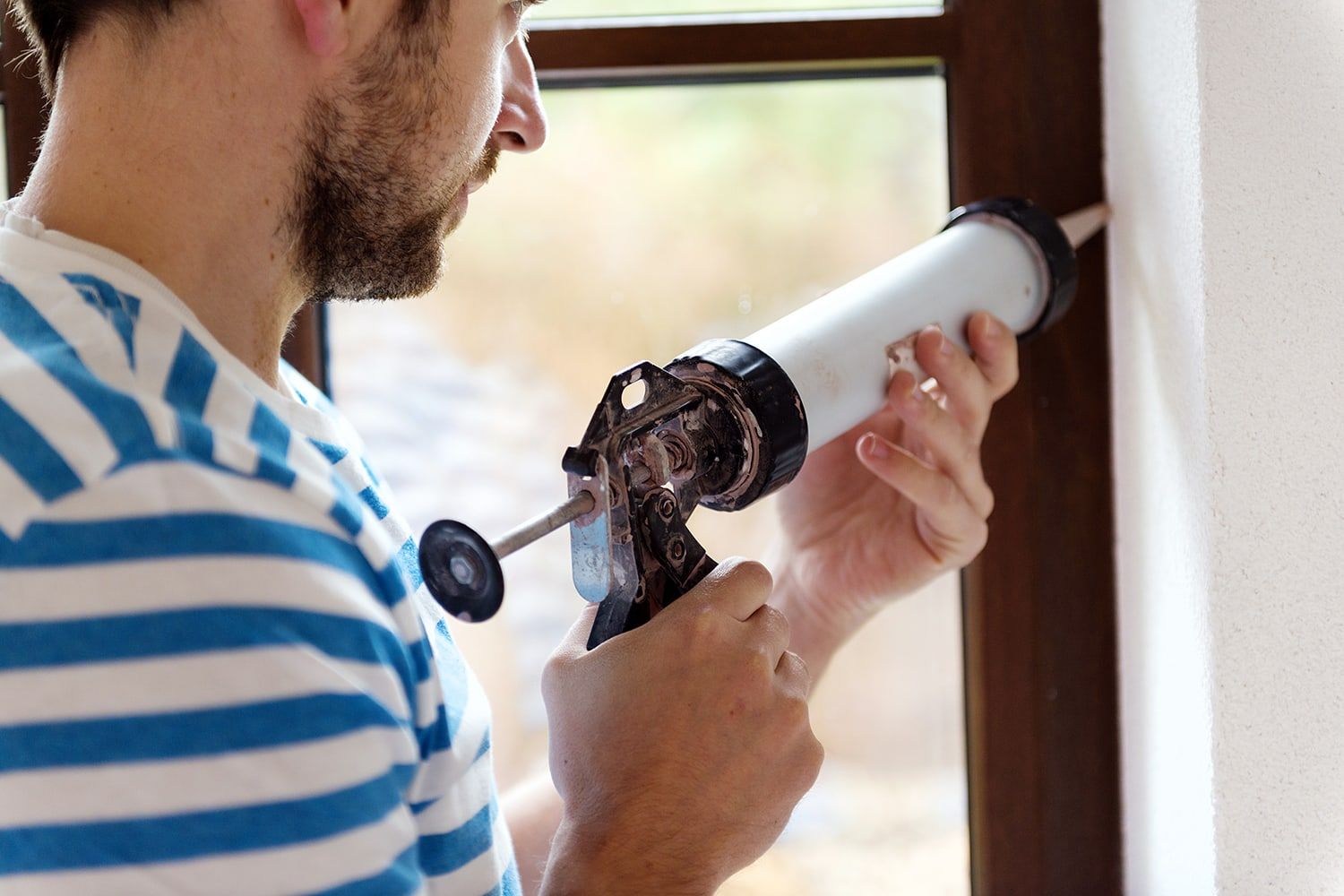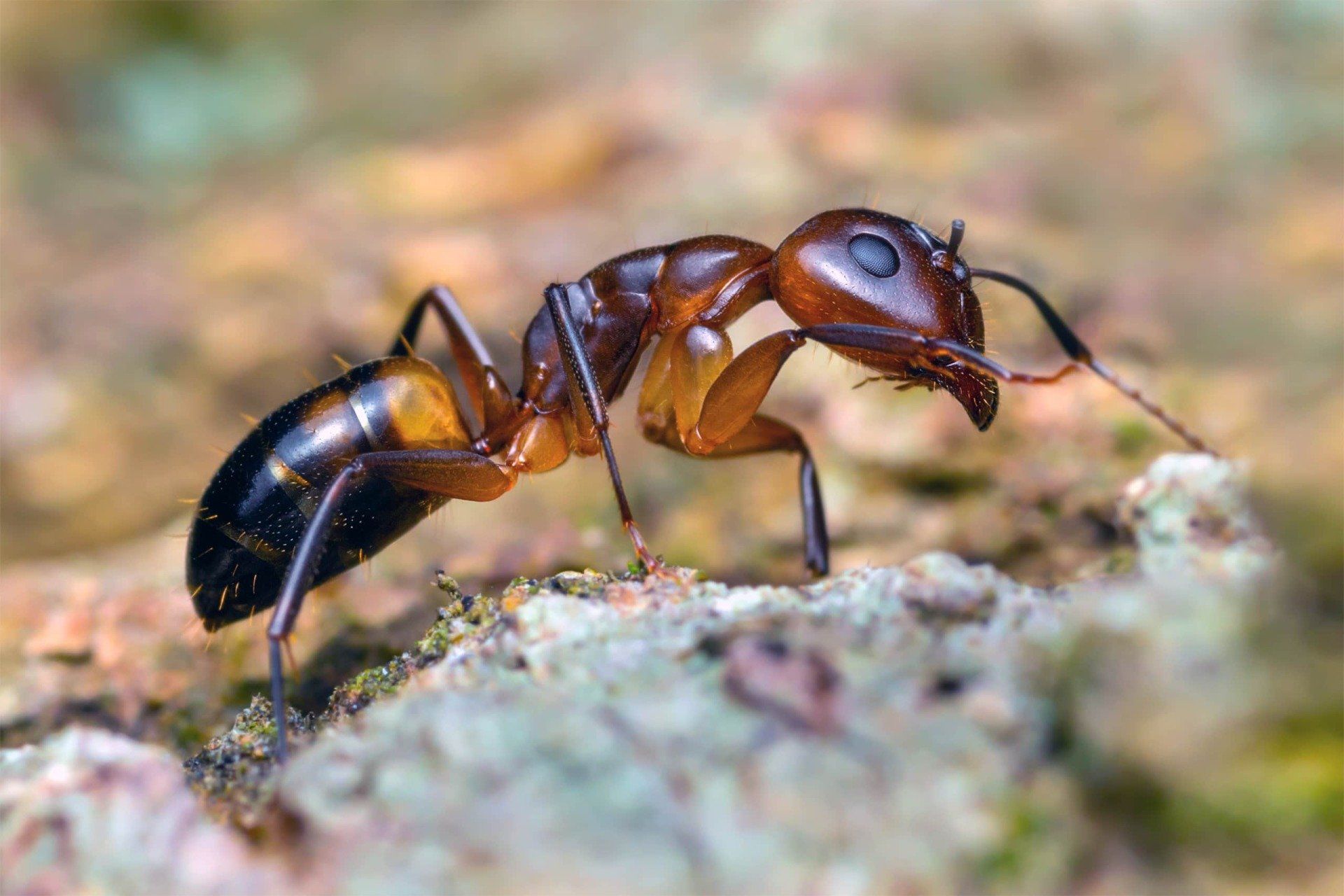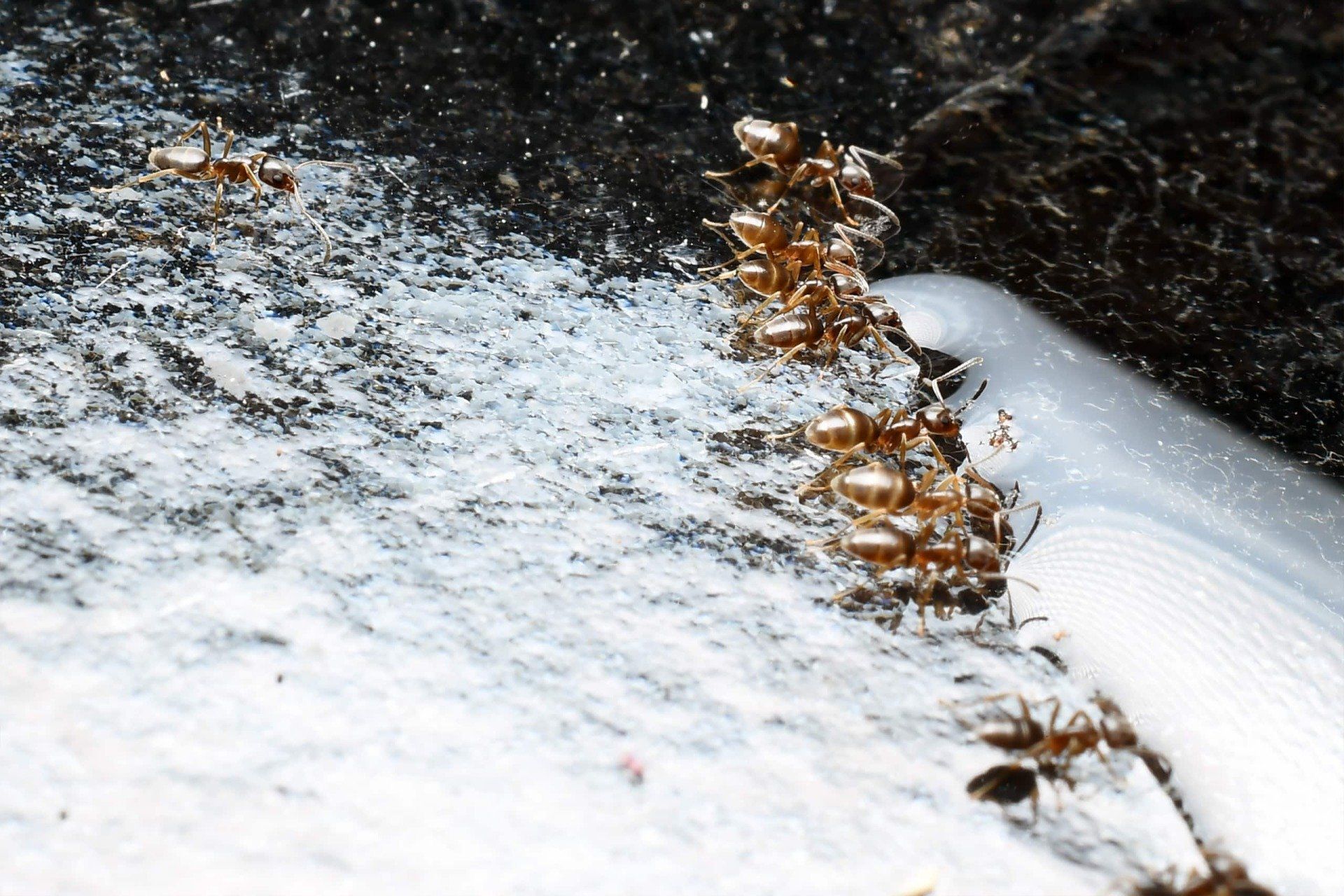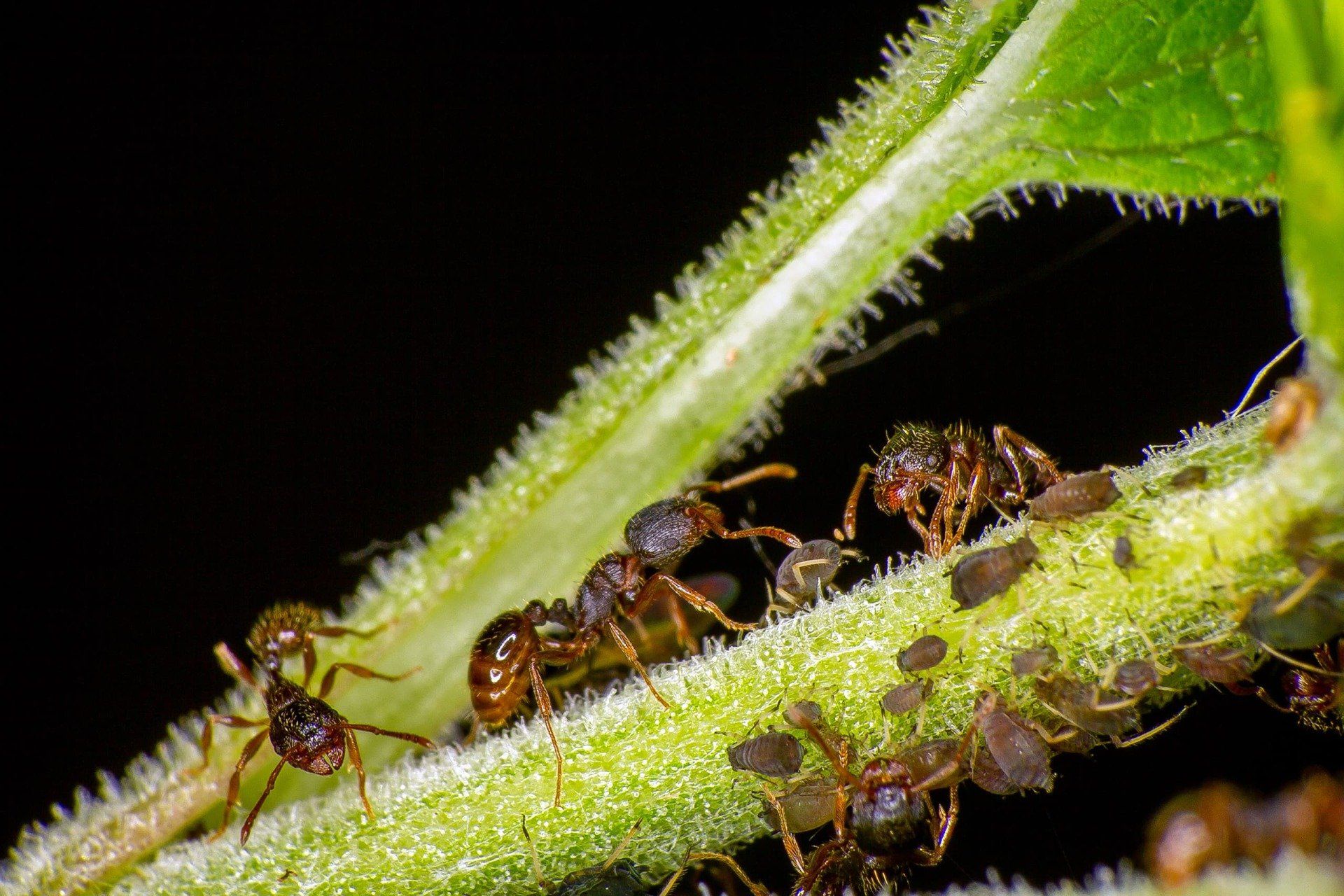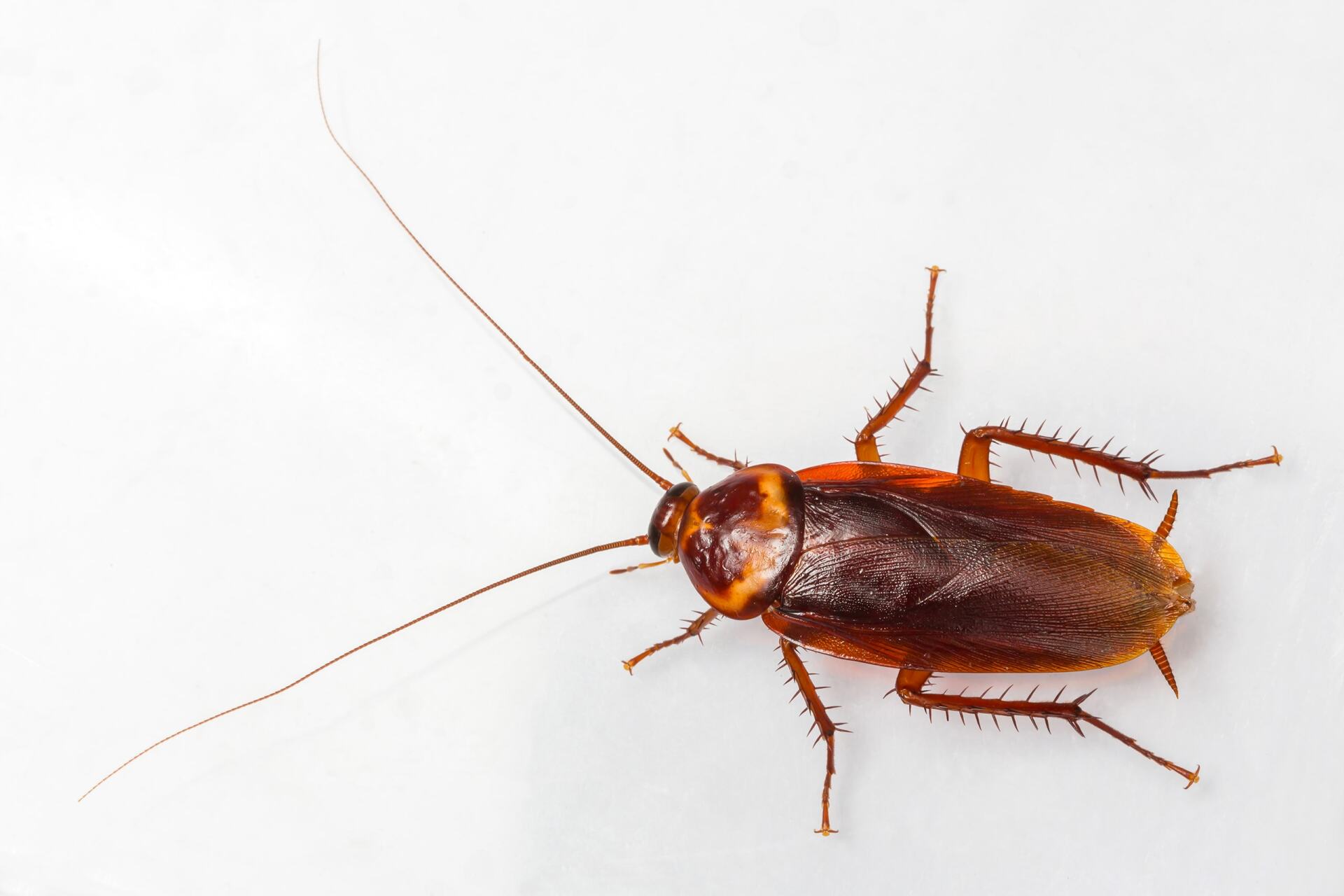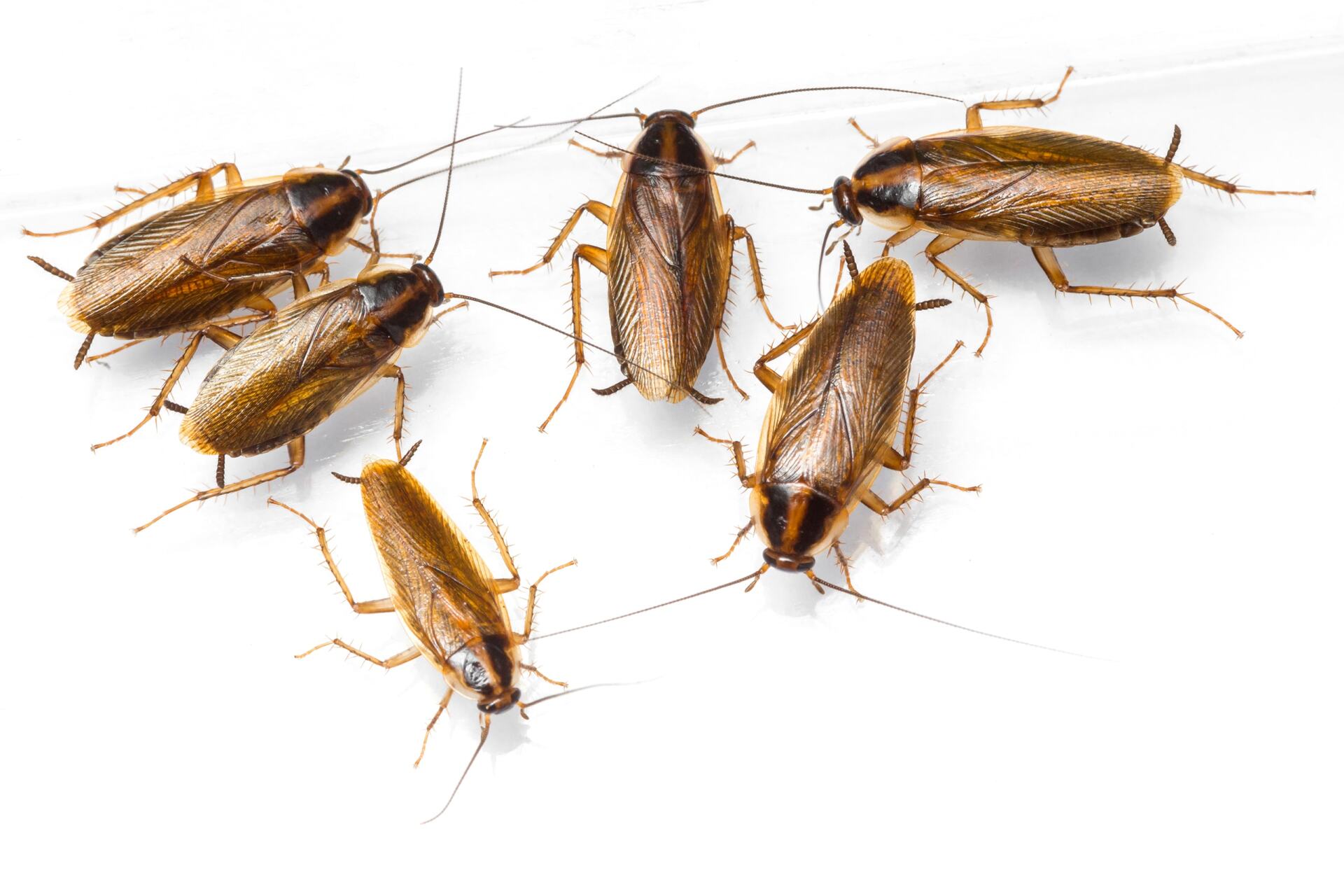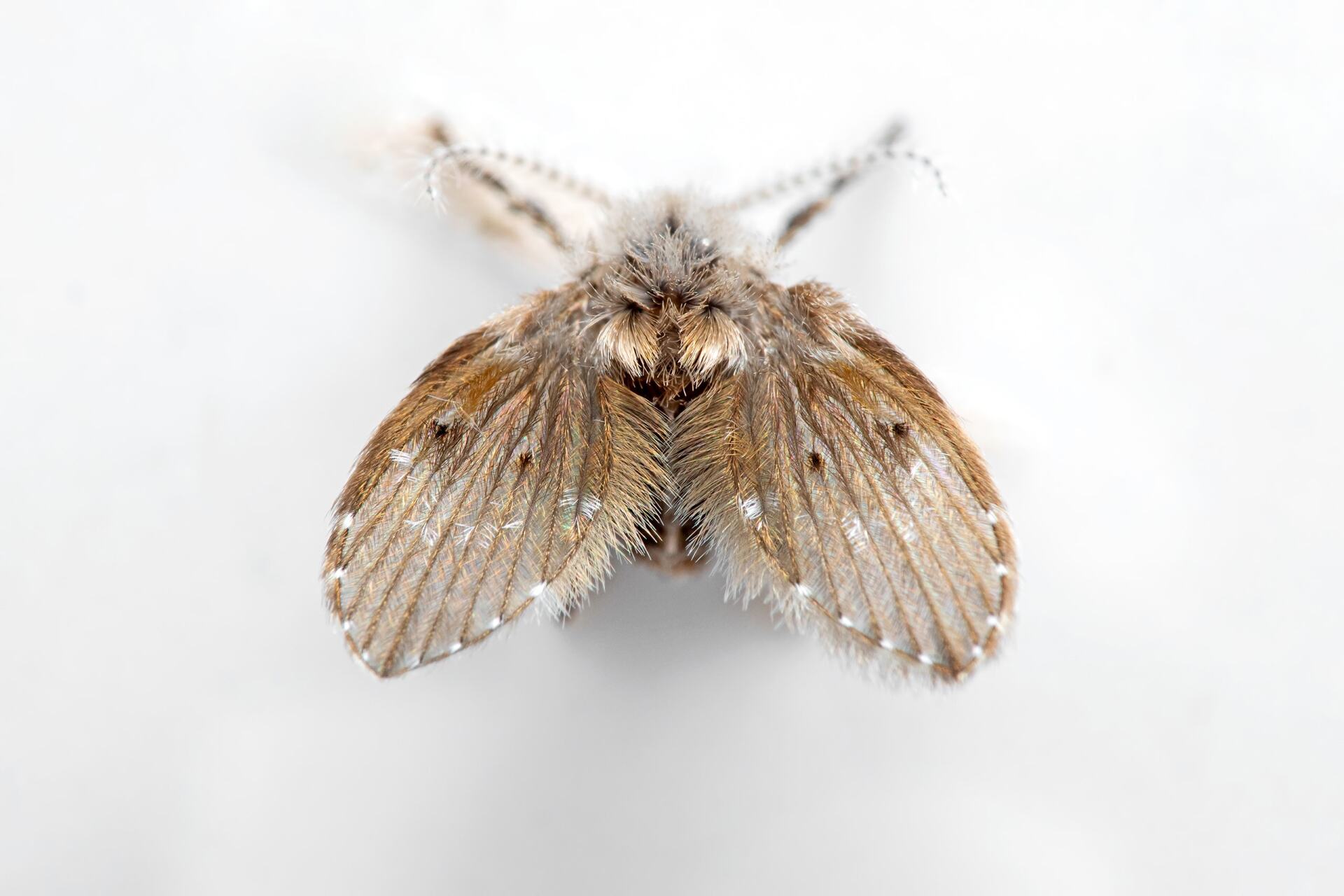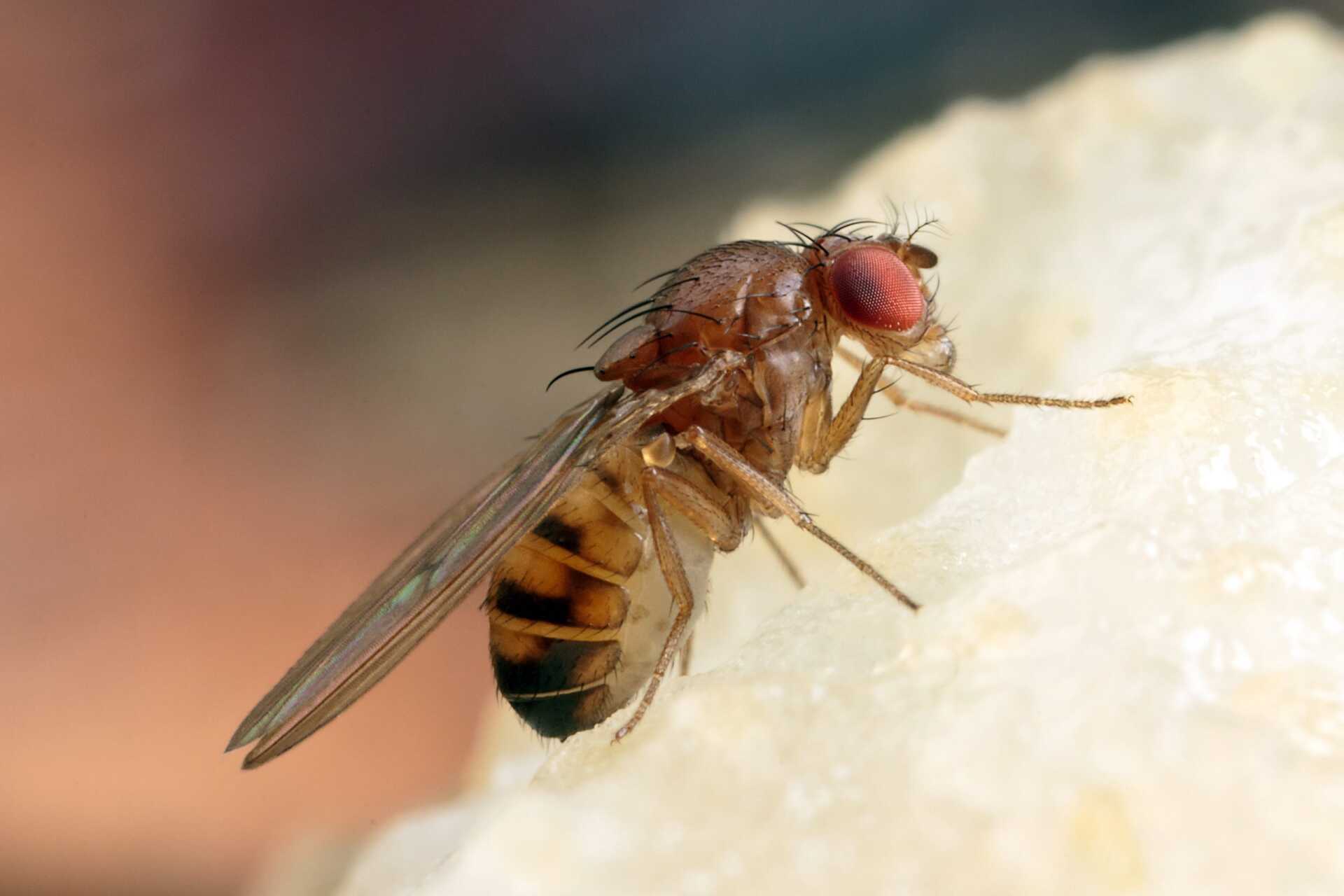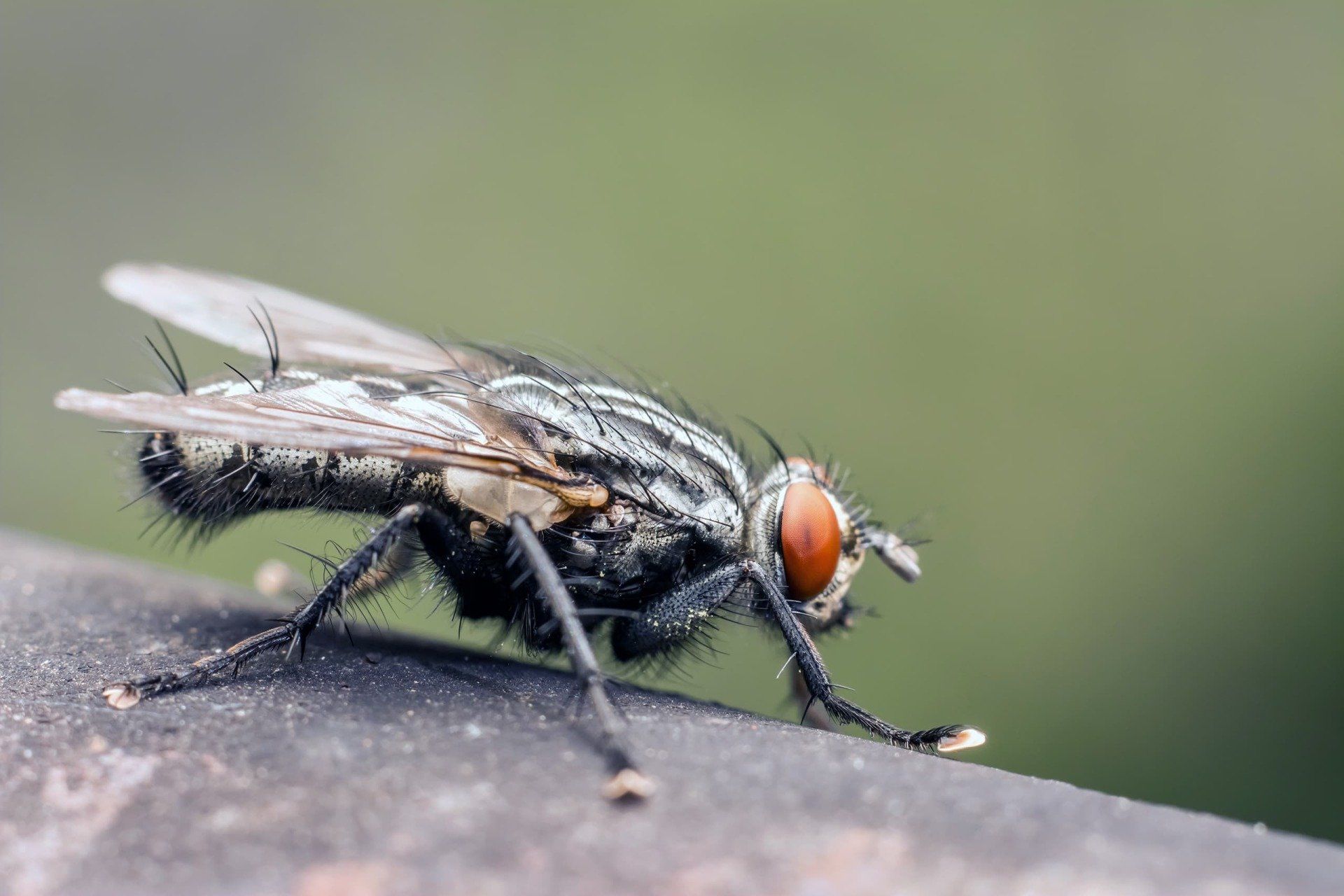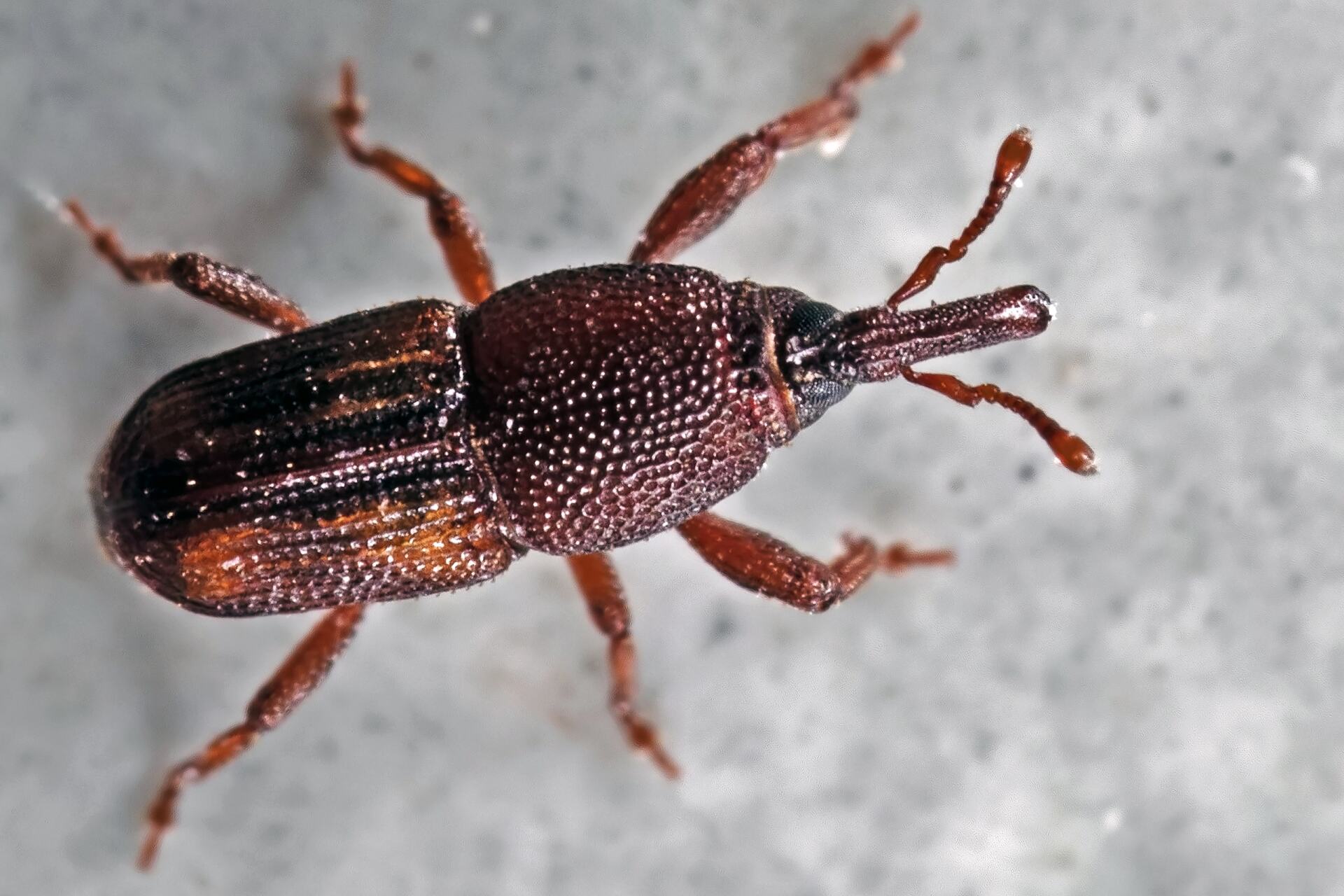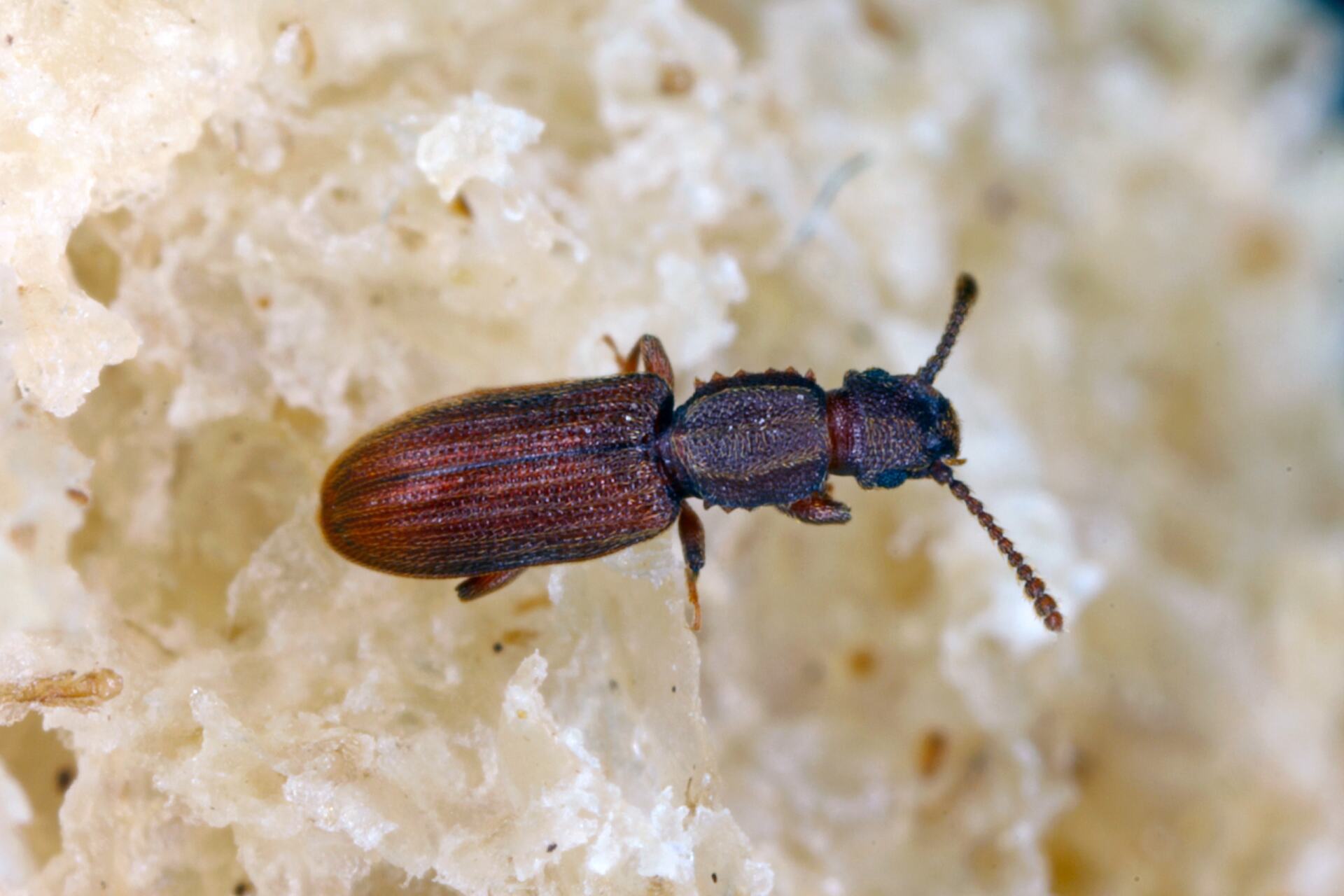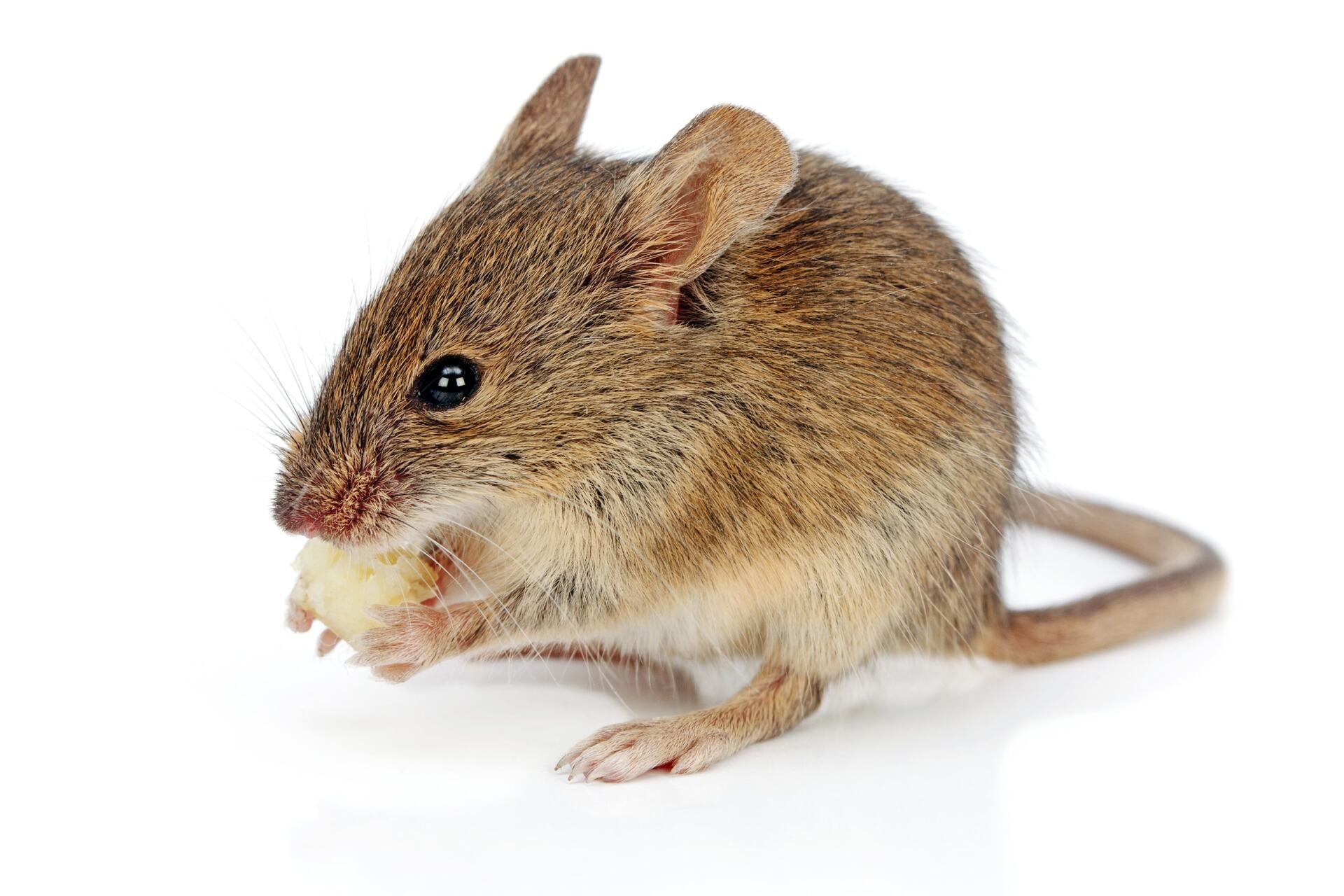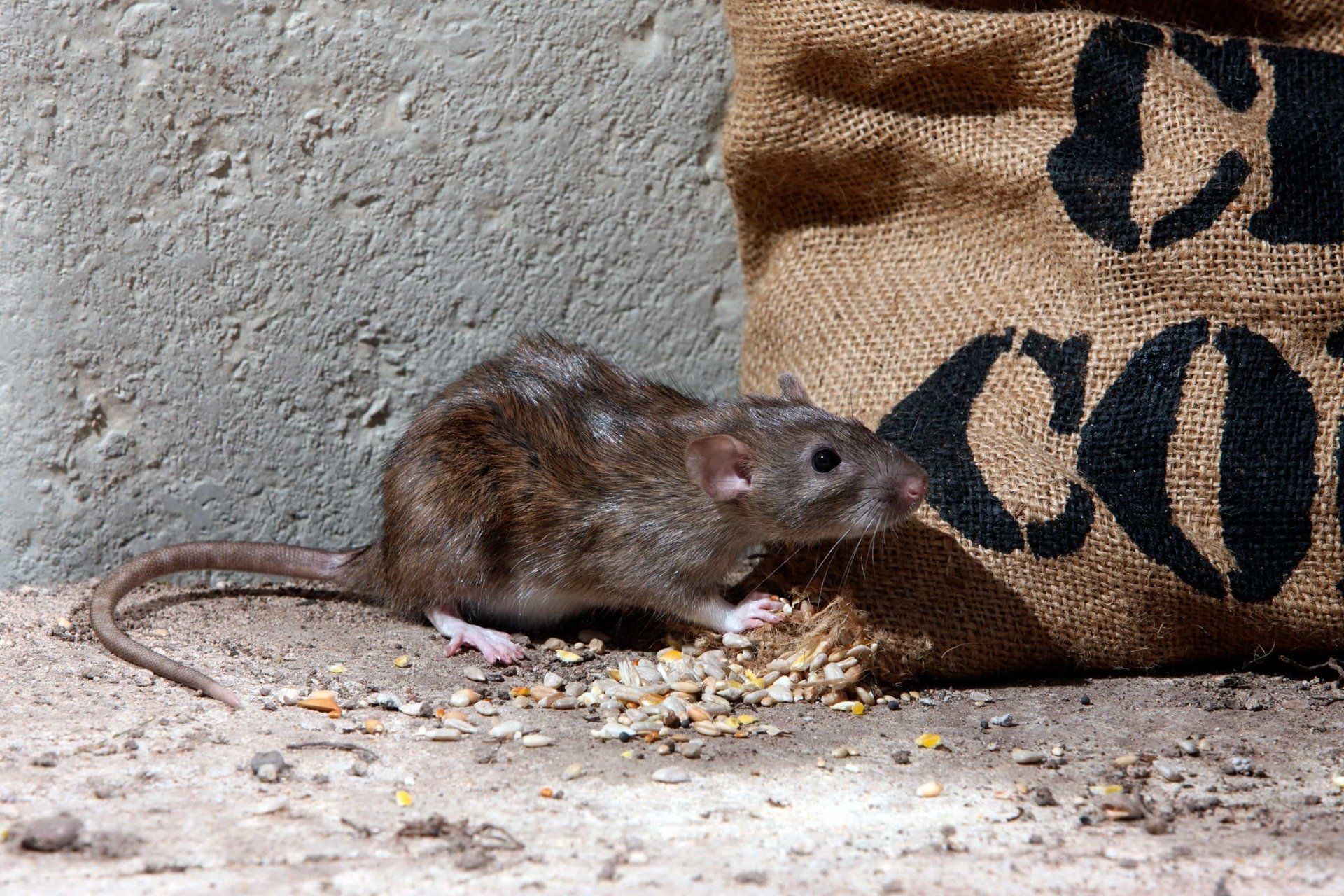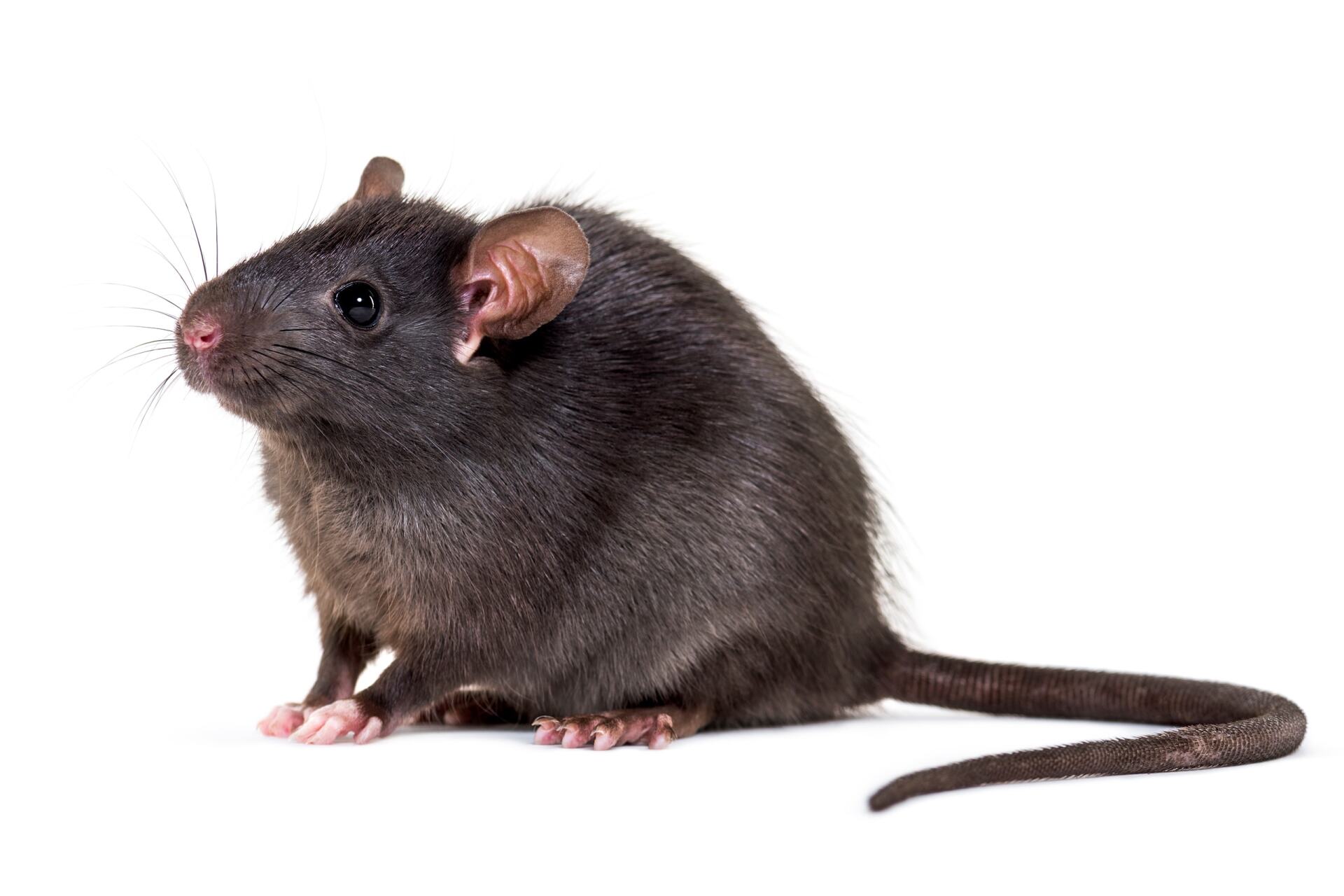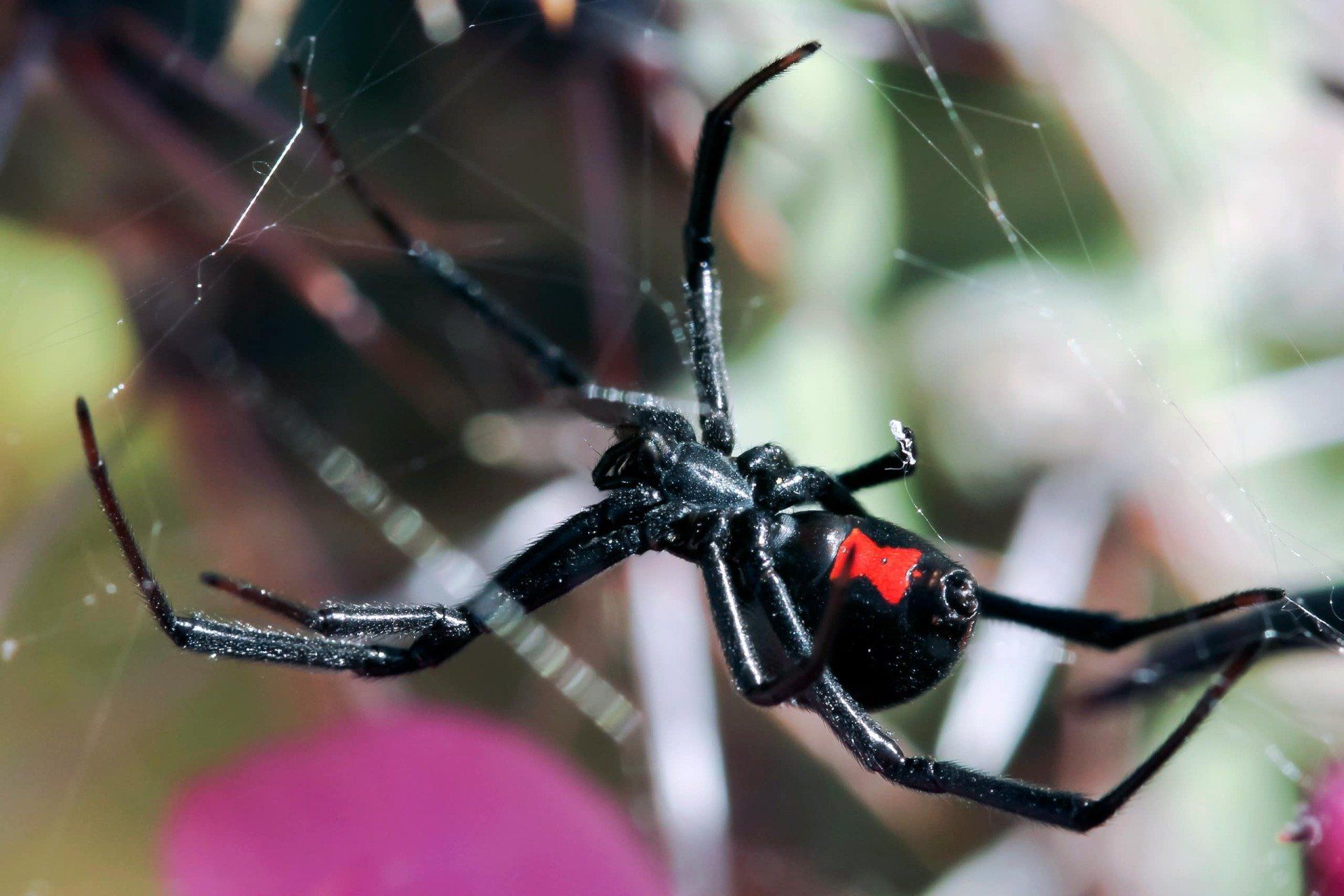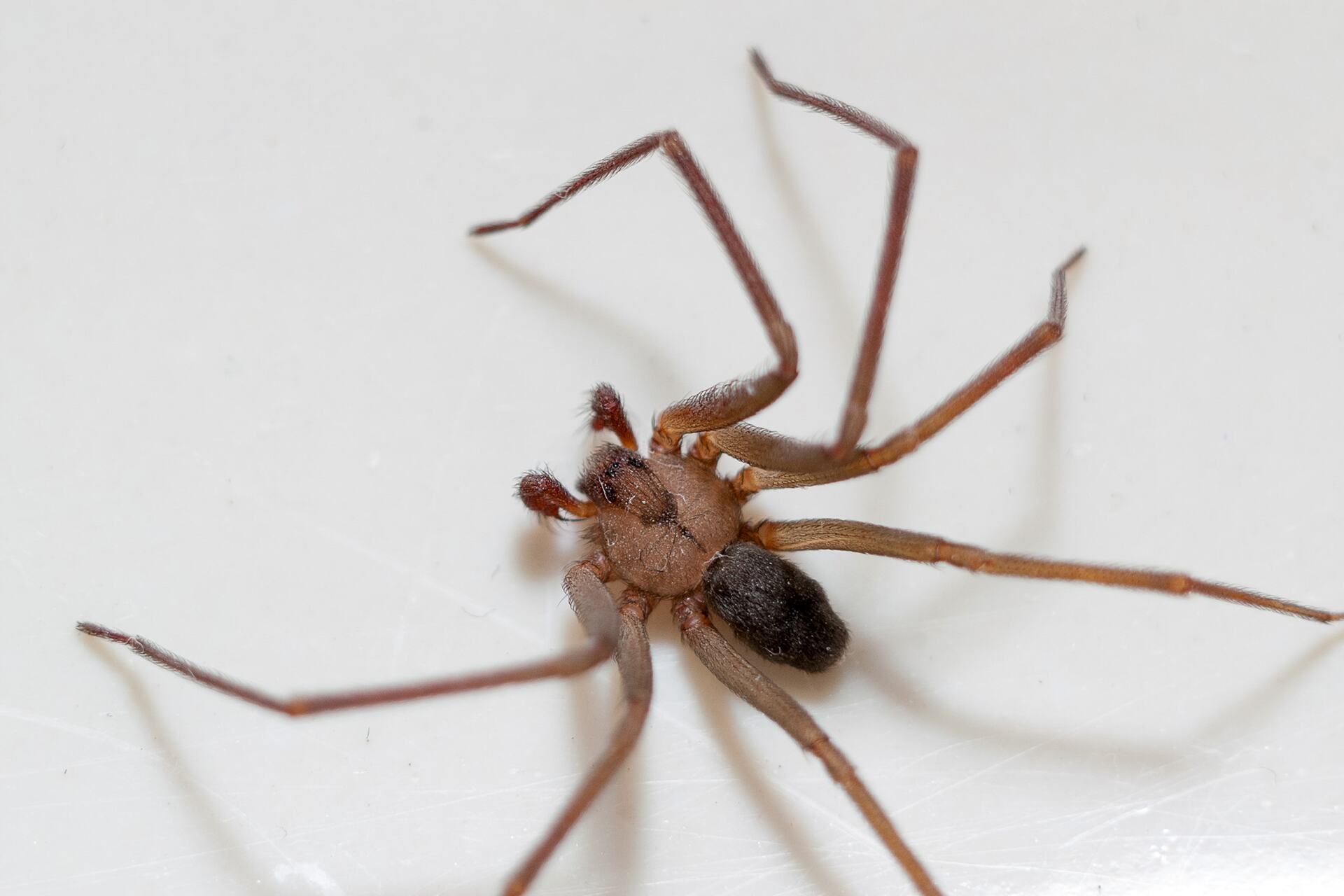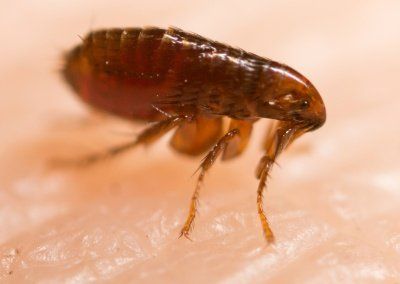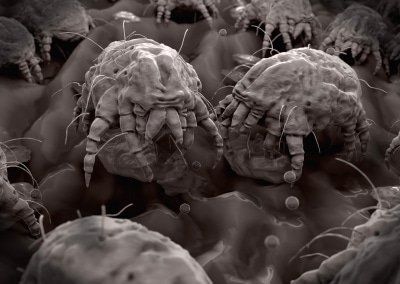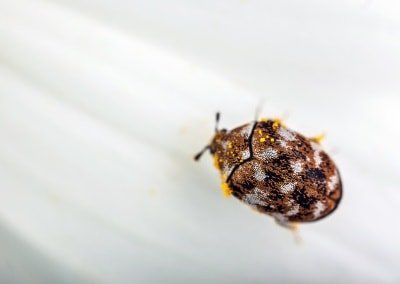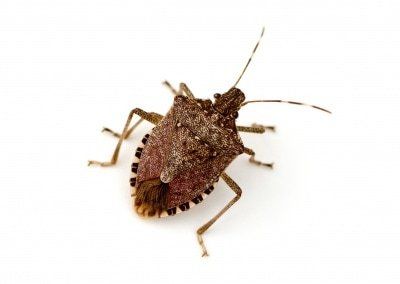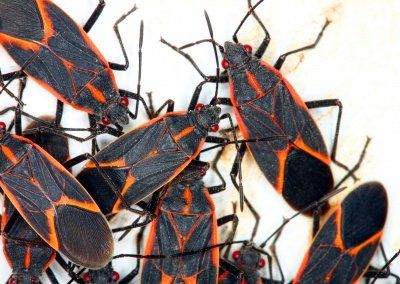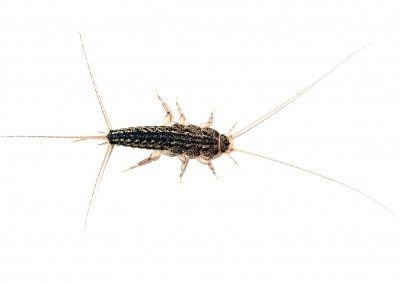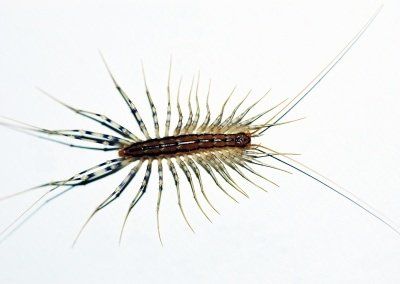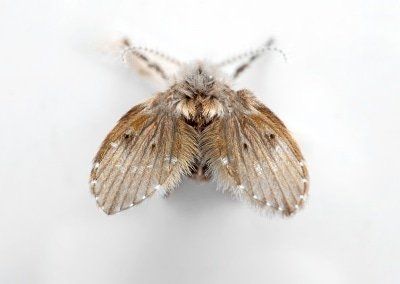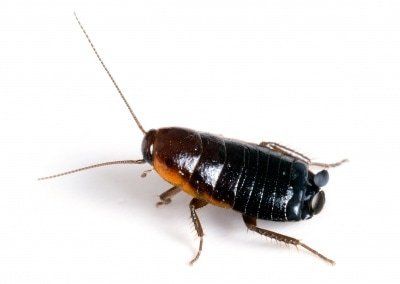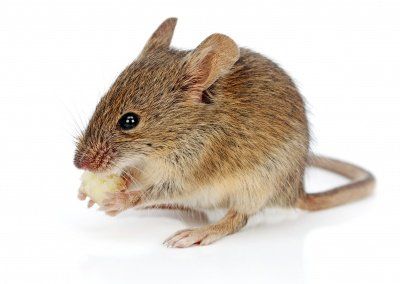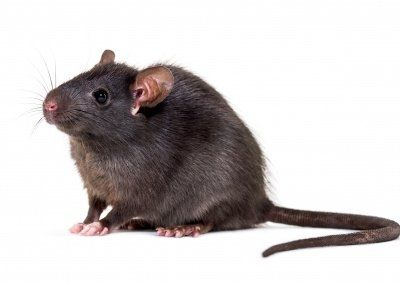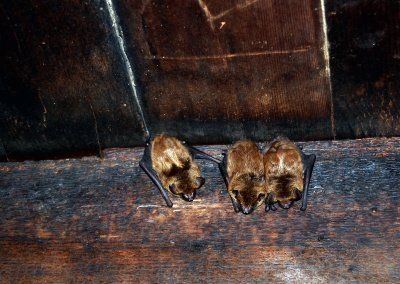CALL US TODAY!
What is Pest Control? The Supreme Guide
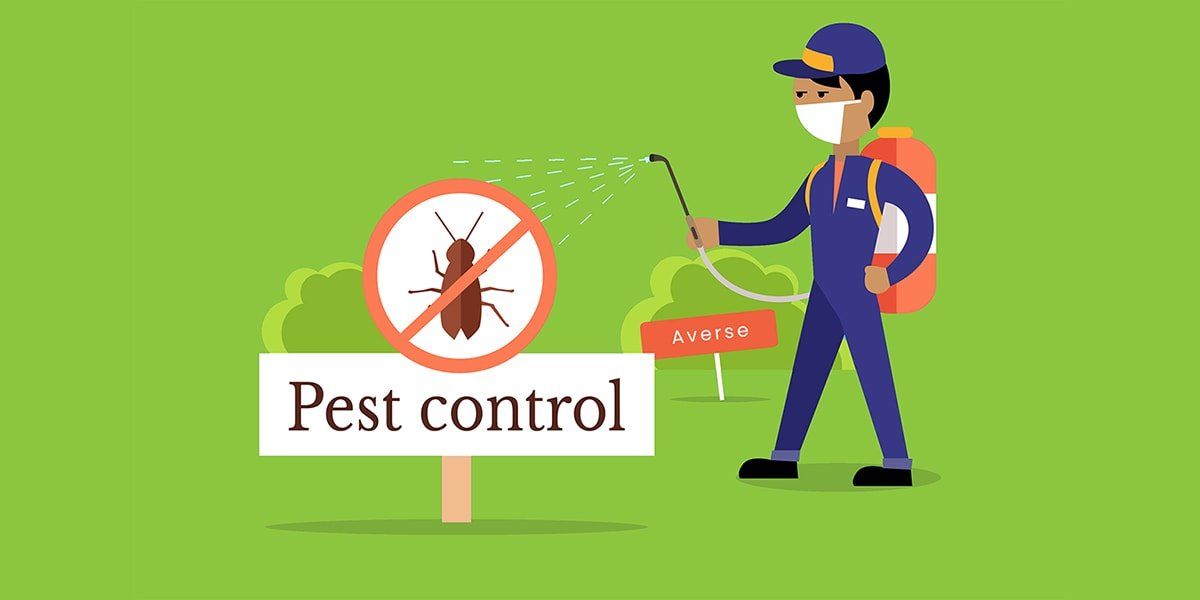
When people think of the word “pest”, images of creepy crawlies and creatures usually enter their minds. A “pest” is any insect, rodent, or animal that is considered an unwelcome guest in a home or business. Pests are often undesirable because they can bring disease or illness and can cause damage to a home or business. This is one of the biggest reasons people call Averse Pest Control - peace of mind.
When it comes to dealing with pests, there are a plethora of services, products and treatment methods available to be able to get rid of them or relocate them somewhere that doesn’t put people or structures at risk. Though we do pest control in Boise , the principles discussed here can be applied virtually anywhere in the country.
In this ultimate pest control guide, we will go in depth explaining different methods and ideologies for getting rid of pests. We will discuss different breeding and nesting sites for common pests in your home. We will also discuss the impact insects and rodents can have and whether they should really be considered a pest.
Due to the length of this guide, we made an interactive image to allow you to jump to different sections. If you’re interested in learning about where insects and rodents like to nest and breed in your home, look at different rooms in the house image to reference where you might find the pest referenced.
Pest Control vs Pest Management vs Extermination
What is Pest Control? The Supreme Guide
Simply put, pest control is the regulation and removal of animals or insects that have a negative impact on humans. This includes, but is not limited to rodents, vermin, insects and wood destroying organisms. Depending on the climate where you live, there are different types of pests that you will be dealing with. For example, if you live in a warm and humid climate like Texas, you will likely deal with more insects and spiders, namely the brown recluse. If you live in a drier climate with colder winters like Idaho, you won’t deal with the brown recluse.
Pest Control aims to eliminate existing pest populations and prevent any insects from invading in the future. Pest control is generally performed using a chemical spray in and around the home that is safe for pets and children.
Pest Management
Pest management is very similar to pest control in that it aims to eliminate pest populations. The difference between pest control and pest management is that pest management puts a heavier focus on identifying the pest problems before treatment and on finding the best solution with the lowest impact on the environment. Pest management, namely Integrated Pest Management, is the preferred method of dealing with pests for a lot of companies, simply because it is environmentally sustainable. The reality is everyone has different tolerance levels for pests and not all insects are actually pests. Having a healthy balance between chemical residual treatments and exclusion (filling cracks and crevices to keep insects from coming inside) is one of the best ways to have an effective pest management service.
Extermination
Years ago, before the environmental and economic impact of pest control chemicals was understood, you would call an exterminator for any and all pest problems. Exterminators would come treat your home or business with a chemically invasive treatment that necessitated homeowners leave the house for several hours. This would typically eliminate any and all insects or rodents. Sounds great right? Not so much. Even though the pest problems will likely be eliminated, this style of treatment tends to be more harmful to the environment. Not only that, but because of the lack of residual treatments, pest populations would frequently return, making the extermination treatment a waste.
Although the goal of eliminating pests is similar between exterminators and pest management professionals, exterminators rely solely on pesticides that could end up being more toxic than necessary versus taking a more holistic approach by inspecting and formulating a plan.
Different Ways to Get Rid of Pests
Biological Controls
Biological pest control, or biocontrol is a method of controlling or eliminating pests by introducing predators or natural enemies to the pest. Natural enemies of the target pest can include other insects, fungal, bacterial, and viral pathogens, or predatory animals. Although biocontrol is not as common as some of the other methods to eliminate pests, it can be an effective and economically sound approach to pest control. Some examples of biological controls are introducing dragonflies to reduce mosquito populations near water sources, or placing ladybugs to reduce aphid populations.
Biological controls are typically utilized by farmers or the Department of Agriculture, rather than local pest control companies.
Cultural Controls
Cultural pest control is the practice of modifying the environment to reduce the ability for pests to nest and breed. Used especially in agriculture and gardening, cultural controls can be an effective and low-impact way to reduce or eliminate insect and rodent populations. A good example of a cultural control is cleanliness. Leaves, trash and other debris around your home, yard and garden are a prime place for pests to nest. By eliminating debris and trash, you eliminate possible harborages for insects and you force them to look for shelter elsewhere.
Next time you are doing yard work, look for leaf buildup near your home. If there are leaves built up against your home, do yourself a favor and clean them up. It will likely reduce insect and rodent populations around your home.
Mechanical and Physical Controls
Another component of IPM (Integrated Pest Management), mechanical and physical controls include any hands-on method for removing pests. This can be as simple as stomping on bugs or using a fly swatter to kill flies in your home. One of the most common physical controls used by pest control companies is exclusion. Exclusion is the sealing of cracks, crevices and entry points into a structure. By sealing off the entry points, you can make it difficult or even prevent rodents and insects from getting into your home or office. Although it is impossible to completely seal off every entry point in a home, especially for insects, exclusion can have a significant impact on the success of a pest management program.
Chemical Controls
Using chemicals to control pest populations is the most common form of pest control. Pest control chemicals are designed to reduce the vitality of pests while leaving plants, lawns, pets and people unharmed. Some products are designed to have a quick knockdown of insects without any residual and others are designed to kill the insects slowly over time, allowing the product to spread to the colony and more effectively wipe out insect populations.
A pest management professional will carefully inspect a property to determine the pest problems and the location of the problems. With that information, they will choose a pesticide that has the lowest economic and environmental impact while also still being able to take care of the pest problems. Chemical controls are often used in preventive maintenance, keeping a “barrier” to prevent insects from invading a property.
Integrated Pest Management (IPM)
How Does IPM Work?
Now that you have an understanding of the different kinds of controls that pest management professionals can employ, it’s time to understand how they can all work together. Integrated Pest Management, or IPM, is the process of inspecting a property to determine the pest issues and finding the most effective, least environmentally impactful pest control methods. Rather than just choosing one pest control solution for every property and home, IPM allows a pest management professional to choose from a variety of pest control methods. By having knowledge about different types of pests, their life cycles and the way that they interact with the environment, a comprehensive solution can be used.
In the same manner that a doctor diagnoses and examines you to determine issues before prescribing a treatment method rather than recommending surgery to every person that walks in the door, IPM is a conservative, intelligent approach to pest control.
Set Population Thresholds
Before taking any action, IPM professionals set a population threshold, or a point at which taking action becomes necessary. This is dictated by economic factors and homeowner tolerance levels. If a pest population is small enough where no damage or impact to the environment is expected, then an IPM professional might recommend no treatment, or using cultural or mechanical controls. Sighting a single pest does not always mean that pest control is necessary.
Inspect, Identify and Monitor
Not all insects are bad, and some are even beneficial. Proper identification of insects allows an IPM professional to determine the best treatment methods or determine if pest control is needed at all. Beneficial insects can be frequently mis-identified as problem pests. Continual monitoring of pest populations allows pest control experts to change treatment methods and approaches over time, delivering the best possible outcomes.
Prevention
Before a pest management professional jumps right to using pesticides, they must first determine if cultural, biological, or mechanical and physical treatment methods are going to be effective. By starting with non-chemical approaches first, the impact on the environment can be reduced. Having a well balanced mix of each of the different controls is the best way to prevent pest populations from becoming problematic.
Control and Management
After inspection and identification has been done, population thresholds have been established and mechanical methods have been employed, then pest professionals evaluate proper control methods, aiming for high effectiveness and low risk. After choosing a targeted pesticide control method, treatments may be applied. Broadcast spraying of non-specific pesticides is generally considered a last resort.
Why IPM Matters
Safer for Families
One of the core principles of IPM is implementing low risk pest control methods before a chemical product is used. If a chemical product is deemed necessary, then only the amount needed to take care of the infestation is used at first. The intelligent, methodical approach of IPM ensures that children, adults and pets alike are safe from excessive chemical usage. IPM is an ongoing process of inspection, identification and monitoring designed with safety in mind.
Safer for the Environment
When dealing with pests, especially in an agricultural setting with crops, IPM is crucial. IPM helps farmers to increase the yields on their crops, allowing them to provide more food to the markets. IPM also helps to improve the quality of the food produced, making the food that you buy at the store taste and look better while keeping prices lower. Integrated pest management reduces the potential for air and ground water contamination, reduces pesticide residue, decreases public exposure to pesticides, and ultimately keeps the cost of pest control lower.
Common Nesting and Breeding Sites in Your Home
Have you ever wondered where certain types of pests like to hang out in your home? We have created a guide to help you understand the breeding and nesting behaviors of insects and rodents commonly found in homes. Disclaimer: This is meant to be a thorough guide for a variety of pests across the country. Depending on where you live and the climate there, some of the pests listed may not even exist in your region. For example, if you live in Idaho, you don’t need to worry about Brown Recluse spiders, despite them being listed in this article. The pests listed below may also be found anywhere in your home. These are simply the most common places to find these pests in your home.
Kitchen
Ants
Although there are more than 12,000 species of ants in the world, there are 3 common pests that invade kitchens in the United States: Odorous house ants, pavement ants and Argentine ants. In an ant colony, worker ants will scatter to find food.
, it will leave a scent trail, or recruitment trail, back to the colony. The ants in the colony will then march single file right to the food source, often in your kitchen. Ants can find even the smallest entryway into your kitchen, so regular exclusion and pest control treatments can help keep them out of your kitchen.
Cockroaches
The three most common types of cockroaches found in a kitchen are German, American and Oriental cockroaches. Out of those roaches, German roaches are the most resilient and difficult to get rid of cockroaches. They are attracted to food debris, moisture, heat and clutter. This makes your kitchen and your stored food a prime place for roaches to live. If you see a roughly 1 inch long brown colored cockroach in your kitchen that moves incredibly fast, it is likely that you are dealing with German cockroaches. A professional treatment is typically the best way to eradicate German cockroach infestations.
Flies
House flies, fruit flies and drain flies are the most common flies that you’ll find in your kitchen. Similar to other kitchen pests, flies are attracted to grease, moisture and organic matter. Flies frequently carry diseases and can cause food poisoning, so if you’re dealing with flies in your kitchen, it’s best to get the issue taken care of. The first line of defense to eliminate flies is exclusion by sealing off windows, doors and other possible entry points into your home.
Pantry Pests
Often called stored food pests, Indian meal moths, rice weevils and flour or grain beetles are among the most common pests that will invade your pantry. Indian meal moths are easy to spot as they will gravitate towards lights turned on in your kitchen. As their name suggests, rice weevils like to feed on rice and flour or grain beetles like to feed on flour and grains such as cereal and corn meal. Because of their food source, the presence of these pantry pests is not a reflection of the cleanliness of your kitchen. Even the cleanest kitchen in the world can be subject to a pantry pest infestation. If you find pantry pests in your food, it’s best to throw out the infested food and store the clean food in airtight containers.
Rodents
House mice, Norway rats and roof rats are the rodents you need to look out for in your kitchen. These critters have the uncanny ability to enter your home through tiny cracks and crevices. Rats only need ½ inch and mice only need ¼ inch of space to get into a structure. The kitchen is a perfect nesting site for rodents, so keeping them out of your kitchen is important. Sealing off any possible entry points in your home with caulk in addition to placing traps along the walls is a good place to start to get rid of these critters.
Bedroom
Bed Bugs
One of the tougher insects to get rid of, bed bugs are the most common bedroom pest. Due to bed bugs being fantastic hitchhikers, bed bugs are found almost everywhere that humans dwell, including hotels, apartments, hospitals, schools and homes. Contrary to their name, bed bugs are also found in cracks in crevices of bed frames and furniture anywhere in the house, not just the bedroom Bed bugs feed on human blood, causing small blood stains on your sheets at night. They breed and spread quickly, so if you suspect bed bugs, it’s best to call a professional pest control company.
Spiders
Although most spiders are harmless, there are some spiders to be cautious of, including the brown recluse and the black widow. Brown recluse spiders are also known as “violin” or “fiddleback” spiders because of the violin-shaped marking on it’s back. Although bits are rare, brown recluse venom can cause necrosis and should be taken seriously. Their name also suggests their reclusive nature, meaning they are typically content with hiding. Black widows are black spiders characterized by the red hourglass shape on the abdomens of the females. “Widow” in their name comes from the fact that the females eat the male spiders after mating. Black widows prefer dark, dry shelters and can be found in many different parts of a home. For both brown recluse and black widows, a preventive maintenance program including chemical treatments and glue boards can be effective at keeping these spiders at bay.
Fleas
Contrary to popular belief, you don’t have to have pets to get fleas. Fleas feed on any warm-blooded mammal, including humans. Fleas are small, reddish brown insects (much smaller than bed bugs) about 2.5mm in size. Flea bites leave small, swollen, itchy marks on the skin. In addition to transmitting diseases, their bites can cause allergic reactions in some people. Often, over-the-counter products will not completely eliminate an infestation. A pest control professional is best equipped to handle the issue.
Dust Mites
Dust mites are incredibly small, whitish colored insects with eight legs, closely related to spiders. Dust mites feed on flakes of skin found on fabrics and can only be seen with a microscope. Other than just being a nuisance, dust mites can trigger allergic reactions with people, especially with those who have year-round allergies to begin with. Warm, humid houses are more prone to dust mites. By reducing the humidity in your home below 60 percent, lowering the temperature in your home and using a HEPA filter in your vacuum, you can reduce the likelihood that dust mites will thrive.
Living Room and Hallway
Carpet Beetles
Carpet beetles are black, tan and white beetles that like to hang out near carpeted areas. Although the adult carpet beetles are nothing more than a nuisance, the larvae of carpet beetles can wreak havoc. The larvae can eat holes in rugs, upholstery, curtains and clothes. Sometimes the only way to know if you have them is to recognize the damage they cause. If you suspect a carpet beetle infestation, dust and vacuum thoroughly and then take every clothing item in your house and either wash them or send it to the dry cleaner. At that point, call a professional to apply an insecticide to wipe out the population.
Stink Bugs
Brown marmorated stink bugs, typically just called stink bugs, are yellow-brown bugs that cause a foul odor when disturbed or crushed. Stink bugs usually invade a home in the fall and prefer to spend their time near the windows or doors. If you spot a stink bug, don’t step on it! Call a professional to assess the situation and determine the best treatment method for the infestation.
Boxelder Bugs
The name for these flying nuisance pests comes from the fact that they are commonly found on or around boxelder trees. Boxelder bugs are black, oval shaped insects with red stripes on the sides and middle of their back. Similar to stink bugs, boxelder bugs will enter homes in the fall, seeking shelter from the colder temperatures. Although boxelder bugs are not harmful, they often invade a home in large numbers, causing problems for homeowners. The first step in eliminating boxelder bugs is to determine where they are entering your home and sealing off the entry points.
Bathroom
Silverfish
One of the most common bathroom pests, silverfish are a silvery gray color and move their bodies like fish, hence the name silverfish. As with other common bathroom pests, silverfish love moisture. You guessed it: the bathroom is the best source of water for pests in your home. Silverfish will be found congregating around bathroom drains feeding on mold. Once they find a nice moist place to settle, they will spread out, often crawling deep into your drains. Due to this habit, taking care of silverfish on your own can be difficult. A pest management professional will have the best tools to eliminate your silverfish infestation.
Centipedes
The name centipede literally means “hundred legs”, an accurate description for these many legged critters. House centipedes are predators and can actually be beneficial insects when they feed on spiders and other insects in your home. By reducing moisture in your bathroom and the rest of your home, you can discourage them from sticking around. Unless you suspect an infestation, a centipede can be easily vacuumed up.
Drain Flies
Common near the drains in a home, drain flies are a pest that should be quickly dealt with. These small, dark, flying insects are about 2-5mm in length and are poor fliers, typically hopping between locations. Drain flies feed off of the buildup in your drains and drain pipes. Drain flies spend most of their childhood in drain pipes feeding and don’t emerge from the drain until they are adults, making it difficult to catch an infestation early. These pests are typically covered in germs and disease, so call a professional right away if you are seeing drain flies coming out of your drains.
Oriental Cockroaches
Although we have already mentioned cockroaches in the Kitchen section, it’s worth bringing them up again for the bathroom section. German cockroaches are the most common cockroaches found in kitchens, but Oriental cockroaches, or water bugs, are often the culprit for bathroom infestations. Oriental cockroaches are black or very dark brown roaches with large back legs, typically 2-3cm in length. Spending most of their time in sewers and drains, Oriental cockroaches are disease and fecal matter ridden pests that need to be dealt with quickly by a professional.
Attic
House Mice
Typically nesting in dark, secluded areas of a home, house mice frequently nest in attics. Mice are excellent climbers and have no problem climbing siding or walls to enter the attic. Mice are gray and are much smaller than rats, with thinner tails and faces. Mouse droppings look like small grains of brown rice. Mice are generally more active at night and can sometimes be heard scurrying in the wall voids and in the attic. Exclusion and trapping are going to be some of the best ways to get rid of these attic critters.
Roof Rats
Roof rats and mice are very similar in their looks in behaviors, both of them commonly utilizing the attic for shelter. Roof rats are gray and are larger than mice, with thicker longer tails. Roof rat droppings are brown, curved and sausage shaped. Roof rats will chew through insulation, wood, wiring and more, making them a destructive pest in a home. Similar to mice, exclusion and trapping are the most effective methods for eliminating them.
Bats
If you are hearing noises in the attic that don’t sound like the typical scratching and gnawing associated with rats and mice, then you might be dealing with bats. Although bats won’t chew on anything in your attic, they will leave their droppings which have a strong, foul odor. Bat droppings are considered a serious health problem and should be dealt with quickly. In most states, bats are protected, so if you suspect a bat infestation, then you should call your local pest control company to have them lawfully deal with the problem.
Common Nesting and Breeding Sites in Your Home
Weighing the Impact on Your Home/Tolerance
Unfortunately, having some pests in and around your home is inevitable. Rather than thinking about every single critter or creepy crawly as a threat, you should recognize that your home is built on the former habitat of many insects and rodents. Before calling a pest control company, ask yourself “Do these pests cause damage to my home and what level of pest activity can I tolerate?” If you’re dealing with a destructive pest, such as rats, mice, cockroaches, termites, carpenter ants, etc., then it is wise to call a pest control company to try and eliminate the infestation. When it comes to common spiders and other insects, there may not be a need for a full blown pest control service. There are even insects that can be beneficial for your yard and garden that you just may want to keep around.
Beneficial Insects
Not all insects are bad. There are some insects that prey on nuisance insects that can be beneficial to have around. Leaving beneficial insects around your home is considered a biological control solution. Below is a list of good bugs that you may want to think twice about getting rid of them:
- Praying Mantis
- Ladybugs
- Green Lacewings
- Minute Pirate Bugs
- Hoverflies
- Braconid wasps
- Aphid Midges
- Ground Beetles
- Bumblebees
- Soldier Beetles
- Dragonflies
- Butterflies
Quick Links
--
About Us
--
Averse Pest Control was started to give folks a smarter way to keep their homes and families protected from the pests in the Boise area; one that is safe, local, effective, fast, and service-oriented.
We're a small company, but we've gained a reputation for excellence. We'd love to earn your business!
Averse Pest Control | Privacy | Terms & Conditions

